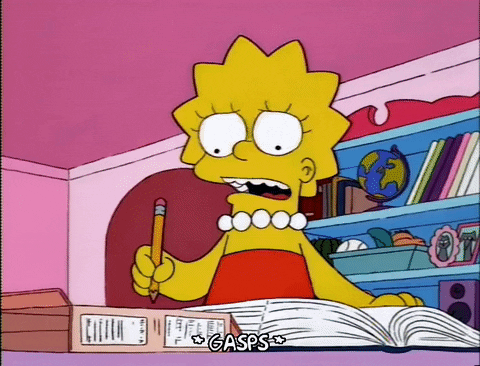One Pixel a Day: The Journal That Changed My Year
Photo credit
Let me be blunt: I’ve never been a “dear diary” girl. I tried gratitude journaling. Bullet journaling. Even one of those overpriced habit tracker apps that pings you like an emotionally needy ex. But nothing stuck—until I found the pixel journal.
One square. One color. One feeling per day.
That’s it.
And yet, twelve months later, I have a whole year of my life—emotions, patterns, and lowkey epiphanies—documented on a single page. Here's how this deceptively simple system changed the way I process time, memory, and myself.
What Is a Pixel Journal, and Why Does It Work?
A pixel journal is a visual mood tracker where each day of the year gets its own square. You fill that square with a color that represents your dominant feeling or state that day—anxious blue, joyful yellow, shut-down grey, rage red, etc. At the end of the year, your page is a mosaic of emotion. A living, breathing quilt of who you were and what you survived.
Why does it work? Because it’s stupidly simple. No overthinking. No paragraphs. Just color-coded honesty. It's the minimalist therapy session your inner chaos didn’t know it needed.
This Isn’t Just Journaling. It’s Pattern Recognition.
Here’s where the transformation kicks in. About three months in, I realized I wasn’t just tracking emotions—I was tracking triggers. I saw that every time I spent time with a certain person, my pixel turned storm cloud grey the next day. I noticed my moods dipped predictably the week before my cycle, or spiked after long walks and Sunday resets.
The pixel journal didn’t just reflect my mental state. It taught me how to anticipate it.
How to Create Your Own Pixel Journal (Without Making It Ugly)
You don’t need fancy software or an influencer’s stationery stash. You just need a grid, some markers, and a key. Here’s how to start:
1. Choose Your Format
Go old-school with a blank notebook or download a printable year-at-a-glance pixel template. Personally? I use a bullet journal and draw a grid of 12 rows (months) by 30–31 columns (days).
2. Create a Color Key
Pick 5–10 moods or themes you want to track. Give each one a color. Don’t go full rainbow unless you want visual chaos—curate your palette. Think of it like an emotional Pantone.
Example key:
Joy = Yellow
Anxiety = Blue
Burnout = Grey
Motivation = Green
Anger = Red
Peace = Lilac
Optional: Use dots or symbols on top of colors to layer additional info (e.g., a star for “productive,” a slash for “sick day”).
3. Commit to One Pixel a Day
This takes 10 seconds, max. Do it before bed or during your morning coffee. Miss a few days? No guilt. Just fill them in retroactively or leave them blank. (Blank is a mood, too.)
Beyond the Grid: Make It Yours
This isn’t just a tracker. It can be an art project, a scrapbook, a personal protest. Add layers—collage, stickers, quotes, dried flower petals, old receipts from nights you almost forgot.
I once glued in a parking ticket from a day I felt crushed, and now it sits next to a hot pink square labeled “quit my job” like a battle scar. Messy? Yes. Honest? Also yes.
Want to go digital? Apps like Notion or Google Sheets can mimic the layout, but I swear there's something about the analog version that makes it hit deeper.
What I Learned After 365 Squares
Patterns repeat when you’re not paying attention.
Tiny changes are more powerful than big declarations.
You can feel multiple things at once. Color anyway.
Healing isn’t linear, but a pixel journal makes it visible.
I can now flip to a single page and see my year. The peaks. The spirals. The spaces where I disappeared and clawed my way back.
I didn’t write a memoir. I drew one.
Final Thought: One Color a Day Keeps the Spiral Away
The pixel journal isn’t magic. It won’t fix your trauma. But it will make you aware of it. And that awareness? That’s the power move.
So if your brain is a loud room you can’t escape, start here. One color. One square. One day at a time.
Because maybe you don’t need to write everything down. Maybe you just need to see it.
Let’s make emotional tracking the new self-care flex.

